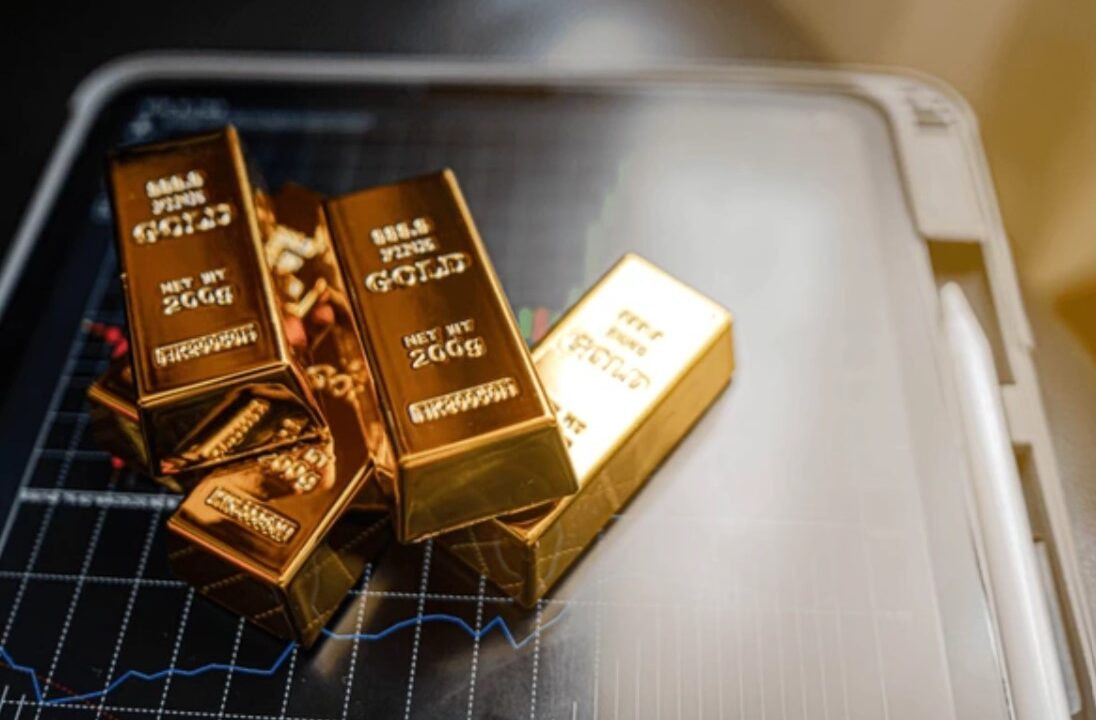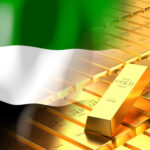Gold prices have remained relatively stable as of December 17, 2024, with spot gold trading at $2,653.43 per ounce and U.S. gold futures at $2,671.00. This calm in the market comes amid a crucial Federal Reserve policy meeting set to start later today. The meeting is expected to offer critical insights into interest rate adjustments for 2025, potentially shaping gold prices in the months to come.
Key Drivers Behind Current Stability
The primary reason for the current steadiness in gold prices is investor anticipation. The Federal Open Market Committee (FOMC) is widely expected to cut interest rates by 25 basis points, marking a potential shift in monetary policy. According to market predictions, there is a 95.4% probability of this cut. However, investors are looking for clarity on the Fed’s broader strategy. Will 2025 bring further rate cuts, or will the central bank take a more conservative approach to maintain economic stability?
Traditionally, gold and interest rates share an inverse relationship. When rates decrease, the opportunity cost of holding non-yielding assets like gold diminishes, often driving demand and prices higher. Conversely, rate hikes can suppress gold prices. As such, the Fed’s policy decision will likely dictate gold’s trajectory in the short term.
Central Bank Watch: A Global Perspective
The U.S. Federal Reserve is not the only central bank capturing the market’s attention. Other major institutions, including the Bank of Japan, Bank of England, Riksbank, and Norges Bank, will also announce their monetary policies later this week. This global alignment of policy announcements underscores the interconnectedness of financial markets and their influence on commodity prices like gold.
For instance, any dovish signals from these banks could support gold prices further, as they would contribute to a global environment of lower interest rates. On the other hand, unexpected hawkish stances might apply downward pressure.
Geopolitical and Economic Developments
Geopolitical factors also play a significant role in influencing gold prices. New U.S. sanctions targeting North Korea and Russia have added an element of uncertainty to global trade and economic stability. In times of geopolitical tension, gold often serves as a safe-haven asset, attracting investors seeking to hedge against potential risks.
Additionally, upcoming U.S. economic data releases, including GDP growth and inflation figures, are being closely monitored. Any signs of economic slowdown could reinforce the Fed’s decision to ease monetary policy, which would likely be bullish for gold.
Broader Impacts on Precious Metals
Gold’s stability has also influenced other precious metals. Silver prices dipped slightly by 0.2% to $31.80 per ounce, while platinum and palladium saw minor declines of 0.7% and 0.3%, respectively. These metals, often used in industrial applications, are influenced by both monetary policy and economic growth expectations.
Investor Sentiment and Future Outlook
Investor sentiment remains cautiously optimistic. The prospect of rate cuts has bolstered demand for gold ETFs and physical bullion, indicating a resurgence of interest in the asset. However, analysts caution against overconfidence, noting that gold’s recent rally has already priced in much of the anticipated policy easing.
Looking ahead, gold’s performance will largely hinge on the Fed’s communication during its upcoming press conference. A clear commitment to rate cuts could propel prices further, while ambiguity or hesitation might lead to a pullback.
In conclusion, the stability in gold prices reflects a market in wait-and-see mode. As the Federal Reserve and other central banks prepare to unveil their policy decisions, the precious metal’s path remains closely tied to the evolving macroeconomic landscape. For now, investors and analysts alike will be watching closely, ready to adjust their strategies based on the outcomes of these critical meetings.






